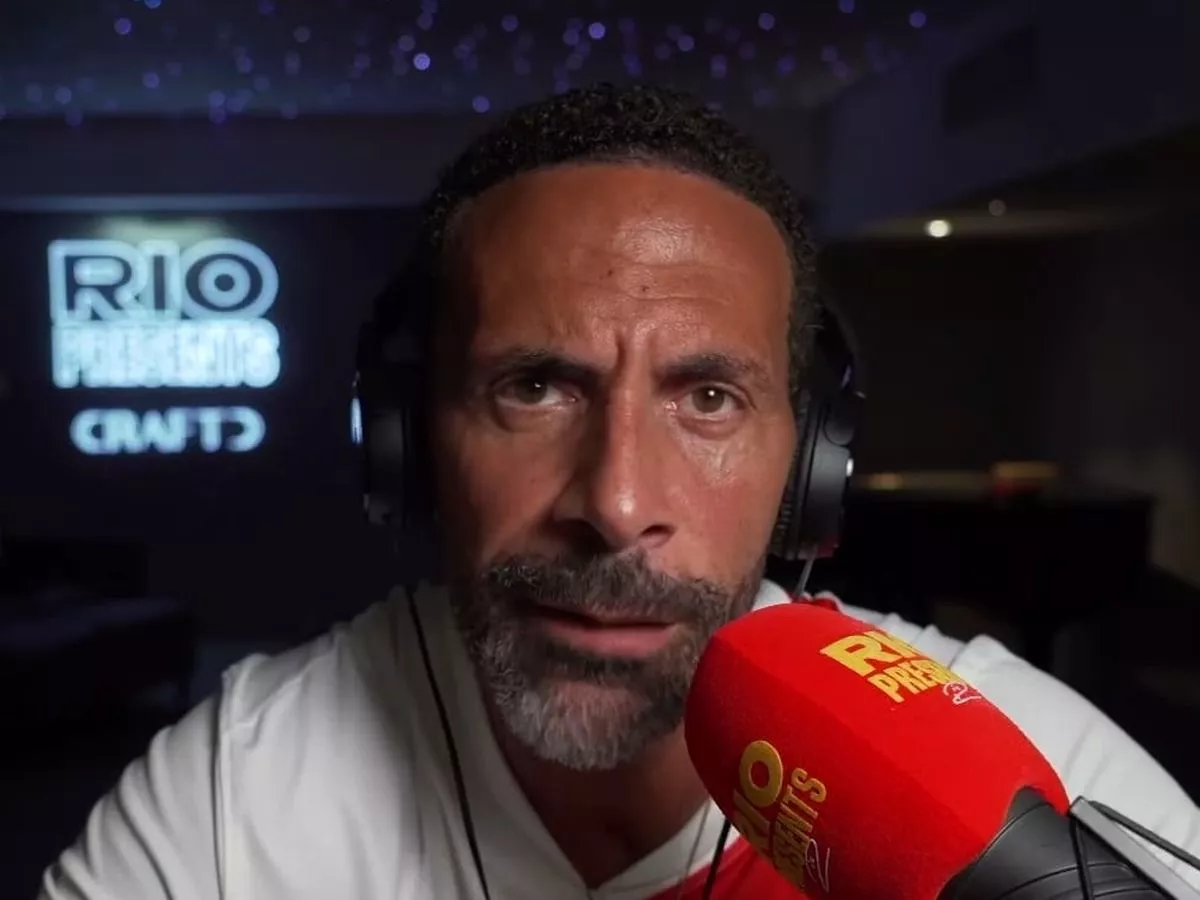Copyright Inc. Magazine

I haven’t been too impressed with Starbucks and its senior management’s various back-and-forth moves since the last time former CEO Howard Schultz left. I’ve been connected with Starbucks for many decades, including stints as one of its many Seattle landlords, while the basic coffee business kept growing at a fierce pace and their real estate guys were leasing every available space in town. I feel like I’ve lived through at least six or seven versions and visions of what the company could be and should be. Ten years ago, I wrote a long piece explaining why I thought Starbucks was doing a better job of serving its customers than almost anyone else. Right now, I’m not really sure that anyone inside the company has really made up his or her mind as to where it’s headed. One of the toughest tasks when you’re trying to unwind significant changes in a business of this size and scope is that it takes longer and costs much more to go backwards than it does to slowly roll out a new posture, approach, store design or even a new product. It’s like stirring cream into coffee: easy to do, hard to undo. But, given the recent financial results—where sales for stores open at least a year have finally increased after two years of especially tough times—and the statements by management as to what the latest going-forward plans were, I’m hopeful that it feels a little like they’re headed back to some of the most basic operating fundamentals, which are just as critical for new business builders as for businesses that feel like they’ve been part of our lives forever. The hardest hurdle will be to step back from the concept that each store is a mini-community center serving the world and admitting that they’re running a business—not a charity—and that their attention needs to be directed primarily to paying customers. One really good place to start the latest retrenchment might be to tell the CEO that it’s a bad joke and a horrible message for him to be commuting to work from Newport Beach to Seattle on a company-owned private plane. This kind of wretched excess makes even Kash Patel (who’s been caught shuttling his girlfriend between dates and gigs on an FBI plane) look like the one of the boys in the band. But apart from the sheer stupidity of rubbing your wealth in your employees’ faces on a daily basis, Starbucks absolutely needs to focus deeply on their best customers and, once again, try to simplify everything they’re doing with an acknowledgement of and a concentration on what Howard Schultz observed a long time ago. He said: “We’re not in the coffee business, serving people. We’re in the people business, serving coffee.” His heart was always in the right place, but I’m not sure as the message was passed down the line that it didn’t get largely lost in the translation. Featured Video An Inc.com Featured Presentation For sure, the troubles they’ve had for several years in China (its second largest market, with 8,000 stores) are one good example, although their same-store sales did move up a little in the most recent quarter. Their lengthy search for an operator in China to partner with ended in a joint venture deal announced last week where Starbucks will sell 60 percent of the China business to a private equity firm and license its brand and IP to a new entity, which will hopefully be able to deliver a more hands-on and localized approach as well as more direct supervision. However, the bigger overall risk isn’t simply messaging, it’s that they fall once again into the trap of trying to be all things to all people. If they do, they’ll simply repeat the sins of the past. You can’t be a mile wide and an inch deep across the board and expect undying support and loyalty from your most important, dedicated and regular customers in return. The key customers have seen that movie before. There’s nothing worse than standing in line waiting to place your order while half a dozen mobile customers whiz in and whiz out after grabbing their lattes. It’s at times like this that I think a “coffee” is just a name for someone who’s been coughed on, or worse. The key actions that we can expect to see over the next year or two in order to hopefully prolong the turnaround and sustain a strong recovery aren’t any mystery or complicated to execute, but they do require a strong commitment by management, a willingness on their part to stay the course during the inevitable bumps along the way, and a strong PR and messaging strategy to offset the likely impression of customers and consumers in general that Starbucks is cutting back rather than rebuilding, revamping, and expanding. Closing more than 600 U.S. stores already this year and cutting over 1,000 “corporate” jobs can be smart mathematically, but it may be counterproductive if you’re trying to convince impatient and unhappy customers that things are going to get better soon. This is especially true in an environment where the competitive offerings are substantial, readily accessible, and increasing all the time. The company’s plan is to bolster the in-store teams during peak hours and make additional process changes to speed up the entire ordering and delivery processes. But this message needs to get out to the customers and the public stressing that the current actions are actually steps toward improving their overall daily experience and not short-term frugalities or misplaced efforts to “save their way to success” which almost always fail. Another mixed message, but one that seems to be working quite well, is to remove seating, shrink many of the locations, and basically convert to a “mobile-first” operation where all of the orders are placed using either cellphones or kiosks and no one expects to spend any significant time in the stores at all. This is absolutely contrary to Schultz’s original vision of the stores as the “third place” between home and office, but it’s an important recognition that the pandemic completely changed the entire playing field and that Starbucks was late to the new digital environment. With the holidays just around the corner, we’ll see a huge push for the annual Peppermint and Eggnog lattes which are sales boosters, but fewer and fewer open laptops, lounge chairs and couches in the stores. JD Vance will just have to fulfill his fabric and friction fantasies elsewhere. I hope Thanksgiving and Christmas go great for them, but I don’t think Santa’s gonna be their long-term solution or salvation. The new emphasis and the path back will be dependent on great beverages and swift and efficient service rather than providing safe spaces, restrooms, and homes away from home for the world.



